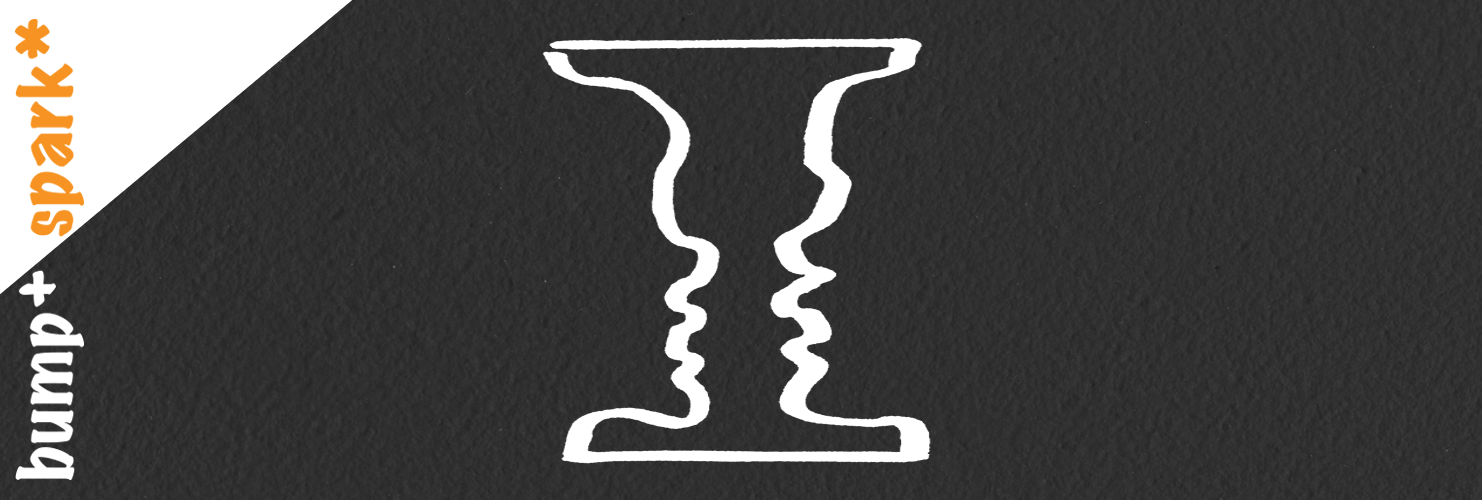The One Skill Students Need to Learn
A recent promotional blog post on Medium from the startup Tagboard promises, “6 Ways to Increase Your Interactive Storytelling in Higher Education.”
Not one of the six recommendations mentions education, classrooms, or professors. The article advises college and university administrations use Tagboard’s software to enhance recruiting events, alumni outreach, and campaign fundraisers.
Marketing is essential, but let’s break down how and why Tagboard missed a big opportunity to connect with higher education’s mission.
Tagboard—like Everwall, Flocklr, and Hootfeed, among others—creates social media walls. A social media wall is a clear and engaging display of Twitter, Instagram, and other social network posts collected around a keyword or hashtag.
Once upon a time, this kind of display illustrated genuine online conversation focused around a single topic involving participants from around the world. It was a miracle of modern communication.
Before hashtags were a marketing tool, they classified online chat, and all of that early hashtagged chat lived on Twitter.
Today, companies like Tagboard embed social media walls on client websites and elevate them on large screens at client events to testify to the all-important buzz around a product and its promotional campaigns. Any real conversation on these walls is secondary next to the evidence that a brand is trending.
Conversation is almost unwanted; brands would much rather see a visual chorus of worship.
Twitter once let users create and display simple social media walls—in the form of Twitter search timelines—freely and easily. They stopped last year, due to lack of interest. In the middle of Twitter’s very public search for better conversation indicators and instigators, they retired the very tool that made Twitter conversations so simple to start, show, and share.
Teachers have always been one of Twitter’s biggest user audiences. We use Twitter to discuss educational technology among ourselves, and some of us use Twitter as #edtech in our classrooms. Far less time-consuming than a curated or managed display, search timelines were an easy way for busy teachers to gather a group of students together online.
For ten years, I’ve used hashtags and search timelines to collect my online graduate students into virtual classrooms and discussions on Twitter. Our small, non-trending conversations are mannered, smart, and inspiring in contrast to the national or “trending” Twitter conversations that perpetuate mockery, stereotyping, and spite.
Conversation is one of our most complex human activities. We default to small talk, argument, and reserve, while the great, all-night conversations that change our lives are rare.
We build classrooms and learn within them through conversation. Teachers always seek new ways to foster conversation. It almost seems obvious to marry classrooms and social media, but it’s not obvious to anyone right now.
Like speaking and writing, conversation involves some creative improvisation, so it readily adapts to any medium. Many great meetings of minds took place in the eighteenth and nineteenth centuries through hand-written letters. Meaningful connection is just as possible through digital text.
On the other hand, we still go to war. Diplomacy struggles to mediate differences. It’s not surprising that tribalism polluted social media as well. When I started teaching, I wrote that the Internet encourages more people to communicate through writing than ever before—and I knew we had a long learning curve ahead of us.
The first decade of Twitter—which the Smithsonian should preserve—shows how much work we have to do as communicators. Twitter is a success simply for generating such an important visual data set of our weaknesses.
Most of my students mimic national Twitter when my classes begin. They default to promotional or snarky writing, when they should strive for curiosity, sincerity, and listening. They eventually do among the eighteen or so of us. I work to change their understanding of Twitter—and Twitter helps me in the effort.
I use Twitter in my media classes because students see their own sentences. They observe what’s coming out of their mouths transcribed in real-time. They gain greater self-awareness once I redirect their attention. They look at themselves and their conversation as rough drafts.
We are all rough drafts in this way.
People learn how to think, appreciate mistakes, and create solutions through the writing process. Even Facebook and Instagram can’t compare with the sentence-by-sentence, 280-character emphasis of Twitter.
The Internet is an unprecedented step in human development. No technology has ever asked us to connect this often and openly. A friend of mine recently put it this way: “We have harnessed a new fire, but everyone’s still getting burned.” Which requires more lessons in handling fire, not fewer.
We need to converse better with our neighbors, colleagues, and adversaries. We will either rise to the occasion or stall as a species until we do.
Let me offer Tagboard—and its competitors—as well as Twitter, and higher education as well, a seventh suggestion for increasing interactivity: give teachers and professors free access to your products.
I’ve always wanted to use the social media walls that marketers can afford to further start, show, and share my classroom’s self-aware conversations, but I could never afford it.
Higher educations’ duty—the reason it markets and fundraises—is to prepare each generation for their particular challenge. The current generation needs to learn how to talk with one another publicly. We need to understand the rules of classic conversation, become more greatly aware of our conversation, and create a whole new conversation that transcends polarization.
If universities and high schools across the country created social media courses in each of their major departments, they could illustrate and communicate the complexity, discovery, and innovation within their disciplines, while teaching and sharing a more civilized online conversation at the same time.
Help teachers, professors, and schools build, record, and reflect the mannered, smart, and inspiring conversations that occur in classrooms across the country every day.
It would create a better draft of our online future and a collective lesson for us all.
